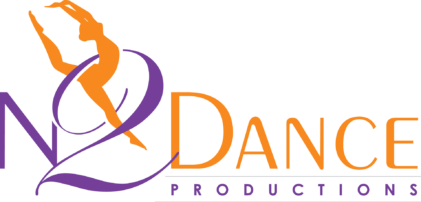The history of dance in Australia goes a long, long way. Before we even had the TikTok dance crazes, musical theatres, and basically every form of dance that we enjoy nowadays, our ancestors also had their own moves and styles. While dance primarily serves as a source of entertainment now, it was different before for the Aboriginal Australians that practised dancing as a crucial part of various rituals and ceremonies—up to this day in some parts of Australia.
Our culture makes up a huge chunk of who we are. No matter how different we may be from one another, it’s something that we, Australians, collectively share. Come join us as we trace back our roots and immerse ourselves in the beauty of TRADITIONAL AUSTRALIAN DANCES.
PURPOSE
As previously mentioned, one of the principal purposes of dancing for Aboriginal Australians was to perform sacred rituals and ceremonies. An example prevalent in most Aboriginal cultures is The Dreamtime, otherwise known as The Dreaming, a period in which supernatural deities were said to have created the world. Though this was some time away from when the Aborigines first came to be, The Dreamtime was still accessible through sacred dancing. Furthermore, initiation rites, like transitioning from childhood to adulthood, also involved dancing.
Different cultures around the world would tell you that stories were passed on from generation to generation through books and scripts, but that's not the case for our ancestors, who also used dance as an effective means of storytelling. Some were also about The Dreamtime, while others told of Aboriginal cultures. Meanwhile, some stories revolved around the weather and the animals. Instead of written stories, their expressive dancing is what kept the rich culture known to later generations.
Without the Aboriginal dances, we can only assume that we'd have forgotten a considerable amount of history and culture had they not been able to preserve and pass them on.
COSTUME
What even is a dance without the special costumes that further strengthen and signify the tradition?
Typical Aboriginal dance costumes consisted of pieces from nature, including animal skin, bird feathers, and fur from a wide variety of Australian animals. Ceremonial dresses that turned them into totem-like figures were also worn during ceremonies. Moreover, it was noted how Aborigines used vibrantly coloured face and body paint and wore adornments that weren’t used daily. Such paint was used to represent characters, serve as a familial link, or proclaim one’s spiritual beliefs.
These showcase how creative our forefathers and foremothers were in creating artistic costumes using readily available resources around them.
DANCES
Most, if not all, Aboriginal dances made use of sticks, didgideroos, and even the human voice to produce the music they danced to. Here are three examples of traditional dances.
- Marloo
Kangaroos are widely known to be an Australian symbol and are even recognised as the main characters of the Marloo. This dance features a young and old kangaroo (played by a young boy and an older man, respectively) caught in a fight over territory.
- Warran-Jarra
This literally means shake-a-leg. As the name suggests, the dance involves different ways of shaking one’s legs, some of which are stomping and moving the legs inwards and outwards.
- Ngukum
Otherwise known as the “mosquito dance”, ngukum portrays hunters who are in search of food. In the process, they realise how there are too many mosquitoes, and so they break branches and use them to swat at the pesky insects.
Preserving our culture is very important. Aboriginal Australians in different parts of the country still practise their customs to this day and, some even invite tourists to experience their colourful culture in the flesh. Share this blog post with your dancer friends and family, and let them know more about the country’s traditional dances!
